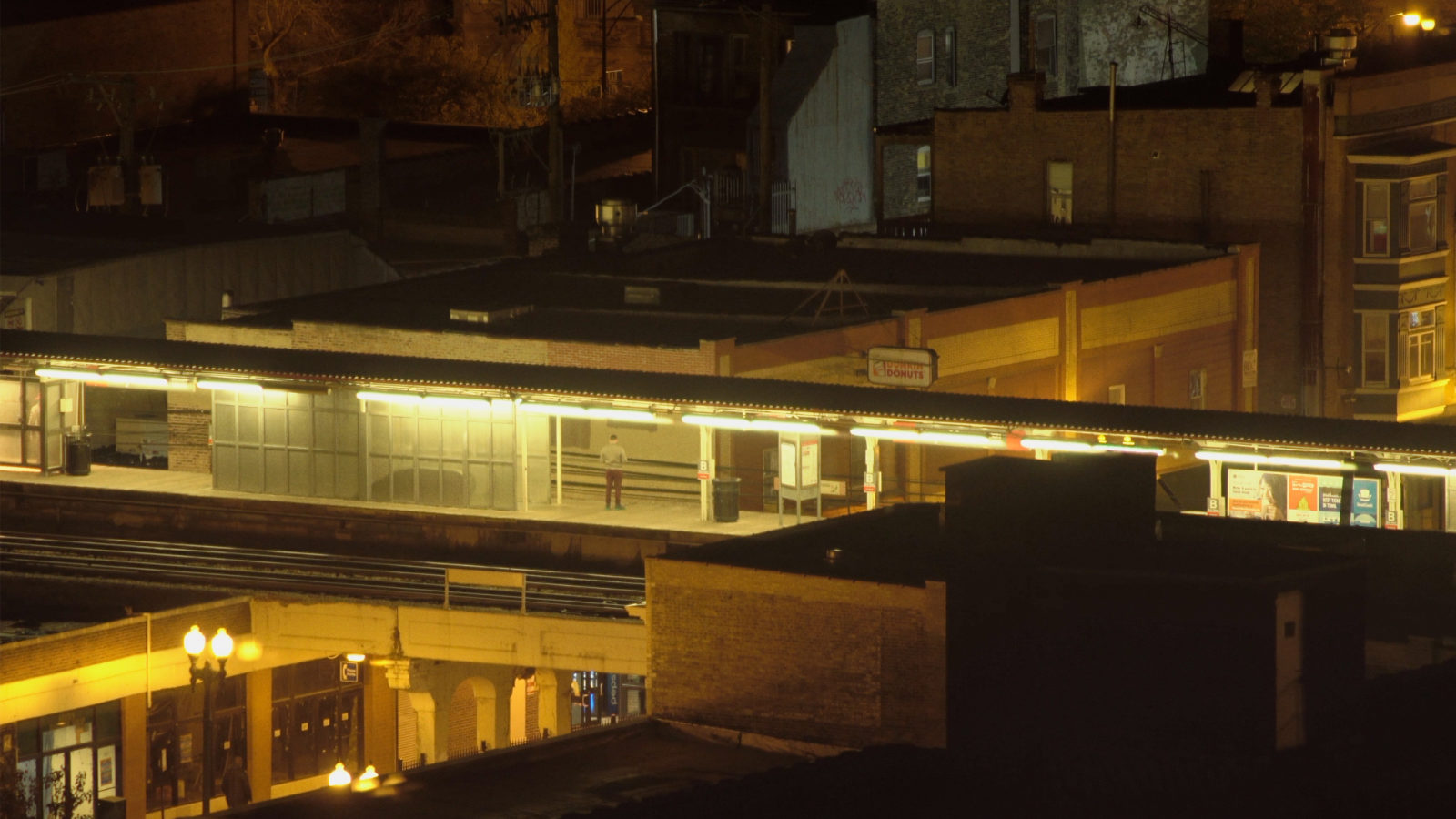by Brian Hioe
語言:
English
Photo Credit: Footnote
This is a No Man is an Island film review written in collaboration with Cinema Escapist, as part of coverage of the International Film Festival Rotterdam. Keep an eye out for more!
“FOOTNOTE,” DIRECTED BY Zhengfan Yang, consists primarily of footage of Chicago cityscapes in 2020. The footage is mostly of empty streets, paired with audio from police radio in the background.
Though the city streets remain primarily static or feature little motion, the police radio indicates action below the surface, suggesting another stratum to the otherwise placid city. This can range from audio of police chasing suspects or observing protests, to relatively mundane actions, such as searching for translators to help pedestrians find where they are looking for.
Most of the footage seems to have little relation to the audio of the police radio. As such, it is not as though the police radio provides a skeleton key, or points to another layer of meaning for the footage necessarily. Yet the combination of both the footage and audio points to the urban tapestry, with audio occasionally that does not come from police radio bleeding in.
As the footage dates from COVID times, the film suggests the activity that continued to take place in spite of the pandemic. Indeed, some of the audio is of police taking action with regards to unmasked individuals, or individuals otherwise violating measures against the pandemic. One imagines significantly more activity during non-pandemic times.

Film still
No clear storyline or narrative emerges from the footage. Nor are there any clear protagonists, with police officers and police announcers generally remaining a relatively formless mass.
“Footnote” can be viewed through several interpretive frames. One can see the film as a glimpse into the institution of the police specifically. Or one can see it as a glimpse into the urban fabric, using institution of the police as an entry point.
The film proves somewhere between documentary film and video art, then, with the format incorporating some elements of found footage. Yang’s perspective is mostly invisible, serving as an unseen aerial fly-on-the-wall, though the film changes viewpoints several times. Ultimately, though perhaps not the most innovative in concept, the end results are still highly effective, and thought-provoking.



